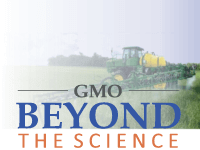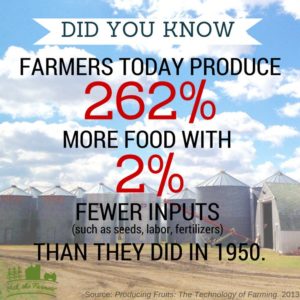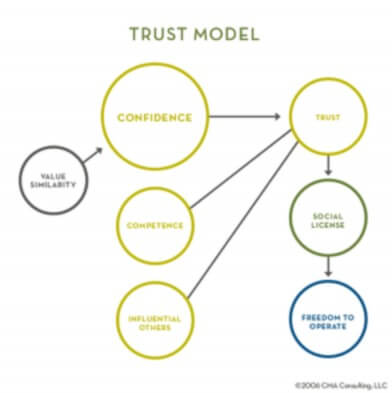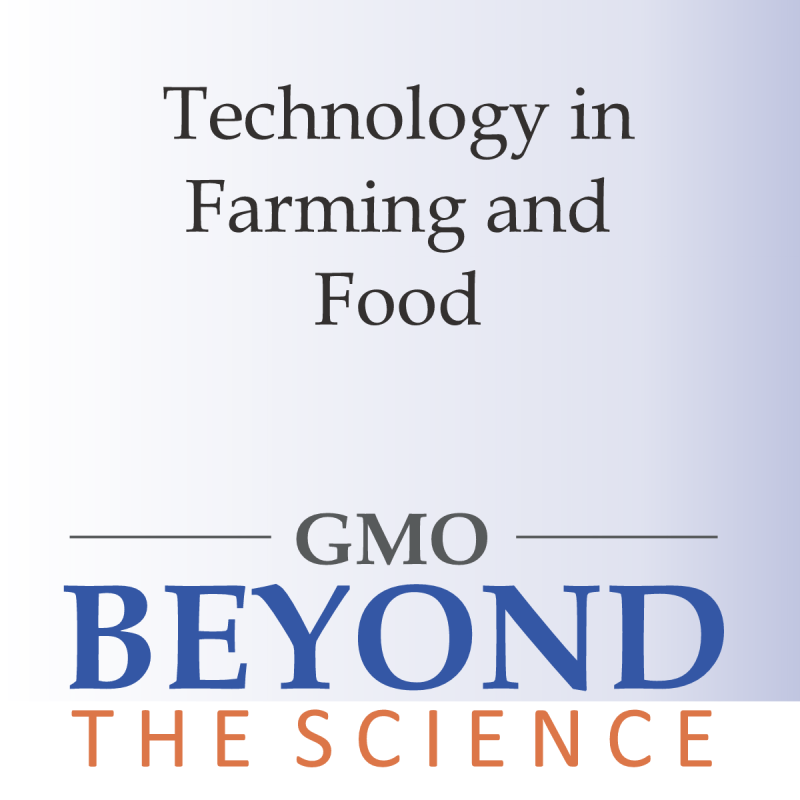 Charlie Arnot, CEO, Center for Food Integrity | February 15, 2017
Charlie Arnot, CEO, Center for Food Integrity | February 15, 2017
ALSO READ:
Without Glyphosate, What Would Farming Look Like?
Dave Walton
TThe benefits of technology improvements in the food system have been enormous and herbicide tolerant crops are only the tip of the iceberg. Only around one percent of the US population is involved in food and farming, so the confusion and concern about the massive changes that have occurred in food production over the last 60 years is understandable. But, embracing technology in order to improve efficiency, protect and preserve our natural resources, feed a rapidly growing global population and many more positive impacts is ethically and morally appropriate.
 In 1950, the US population was 154-million and one farmer produced enough in a year to feed 30 people. We’ve more than doubled the population and one farmer today produces enough to feed 160 people. Today’s farmers produce an amazing 262 percent more food with two percent fewer inputs such as labor, seed, animal feed and fertilizer.
In 1950, the US population was 154-million and one farmer produced enough in a year to feed 30 people. We’ve more than doubled the population and one farmer today produces enough to feed 160 people. Today’s farmers produce an amazing 262 percent more food with two percent fewer inputs such as labor, seed, animal feed and fertilizer.
The “Green Revolution” refers to technological advances 50 or 60 years ago that paved the way for global agricultural productivity increases. Things such as high-yielding varieties of seed, chemical fertilizers, irrigation and new methods of cultivation are credited with saving the lives of a billion people. Something similar needs to happen again.

The herbicide-tolerant crops that led to widespread adoption of no-till farming discussed by Mr. Walton is only one of many advances in agriculture that have taken place in the last half-century. Improved animal health products and housing systems help keep animals that produce food healthier and more productive. In addition to herbicide-tolerant crops, genetic engineering has produced non-browning apples that could encourage healthier eating and bruise-resistant potatoes that could lead to reduced food waste. New gene-editing technology holds the potential for life-changing applications in plants, animals, people and essentially any kind of organism.
Global estimates point to the need for 100 percent more food by mid-century. Agriculture must produce more, using less through innovation and the responsible use of technology, which America’s farmers have been doing for decades. It is in humanity’s best interest to use technology in food production because it allows us to feed a rapidly growing global population.
But, that message won’t generate public support for today’s agriculture technology.
Research by the Center for Food Integrity shows only one-fourth of consumers feel the US has a responsibility to provide food for the rest of the world. What consumers care about most, according to CFI’s research, is having access to healthy, affordable food. Farmers are more likely to build support for today’s farming by talking about what they do on the farm today that helps keep food healthy and affordable.
Many people are uncomfortable with modern food production systems and the size and scale of today’s farming operations. That’s understandable. With a predominant “big is bad” mindset, many Americans believe today’s food producers place profit ahead of public interest.
Building trusting relationships with consumers is about making what farmers are doing relevant to them and helping them understand that farmers share their values when it comes to important issues like protecting soil and water and providing healthy, affordable food. CFI’s peer-reviewed and published trust model shows that communicating with shared values is three-to-five times more important to building consumer trust than simply providing information.

Food and agriculture must change the conversation and transparency is the key. CFI’s research proves that as those in the food and agriculture increase transparency, they also increase consumer trust. The link between transparency and trust is real, direct and powerful.
The new reality is that consumers expect more than quality and safety. They also expect the supply chain to be transparent. Farmers and food companies who believe these are not their issues do so at their own risk. They can no longer assume that the public knows they care about the food they produce. This makes them susceptible to the belief that they’re no longer worthy of public trust. Food recalls, environmental accidents, undercover videos and other incidents further reinforce that distrust.
As a result, those in food production must commit to transparency, be willing to engage in a dialogue with consumers and answer their questions in an honest, open manner. Effectively demonstrating transparency will help increase trust in their processes and products, while supporting consumers in making informed decisions. Some farms and food companies have embraced this reality and pulled back the curtain.
As consumers are bombarded with conflicting information it is understandable that new technology is being met with skepticism and society’s increased demand for transparency must be satisfied. While the demand for more information is accompanied by an obligation for consumers to objectively examine the data and to focus on the need for safe, healthy, affordable, responsibly-produced food, it’s the food system’s responsibility to embrace the skepticism and communicate in a transparent manner.
 Charlie Arnot is the CEO of the Center for Food Integrity. The Center for Food Integrity is a not-for-profit organization that helps today’s food system earn consumer trust. Our members and project partners, who represent the diversity of the food system, are committed to providing accurate information and working together to address important issues in food and agriculture. The Center does not lobby or advocate for individual companies or brands. For more information, visit www.foodintegrity.org.
Charlie Arnot is the CEO of the Center for Food Integrity. The Center for Food Integrity is a not-for-profit organization that helps today’s food system earn consumer trust. Our members and project partners, who represent the diversity of the food system, are committed to providing accurate information and working together to address important issues in food and agriculture. The Center does not lobby or advocate for individual companies or brands. For more information, visit www.foodintegrity.org.
The Genetic Literacy Project is a 501(c)(3) non profit dedicated to helping the public, journalists, policy makers and scientists better communicate the advances and ethical and technological challenges ushered in by the biotechnology and genetics revolution, addressing both human genetics and food and farming. We are one of two websites overseen by the Science Literacy Project; our sister site, the Epigenetics Literacy Project, addresses the challenges surrounding emerging data-rich technologies.































